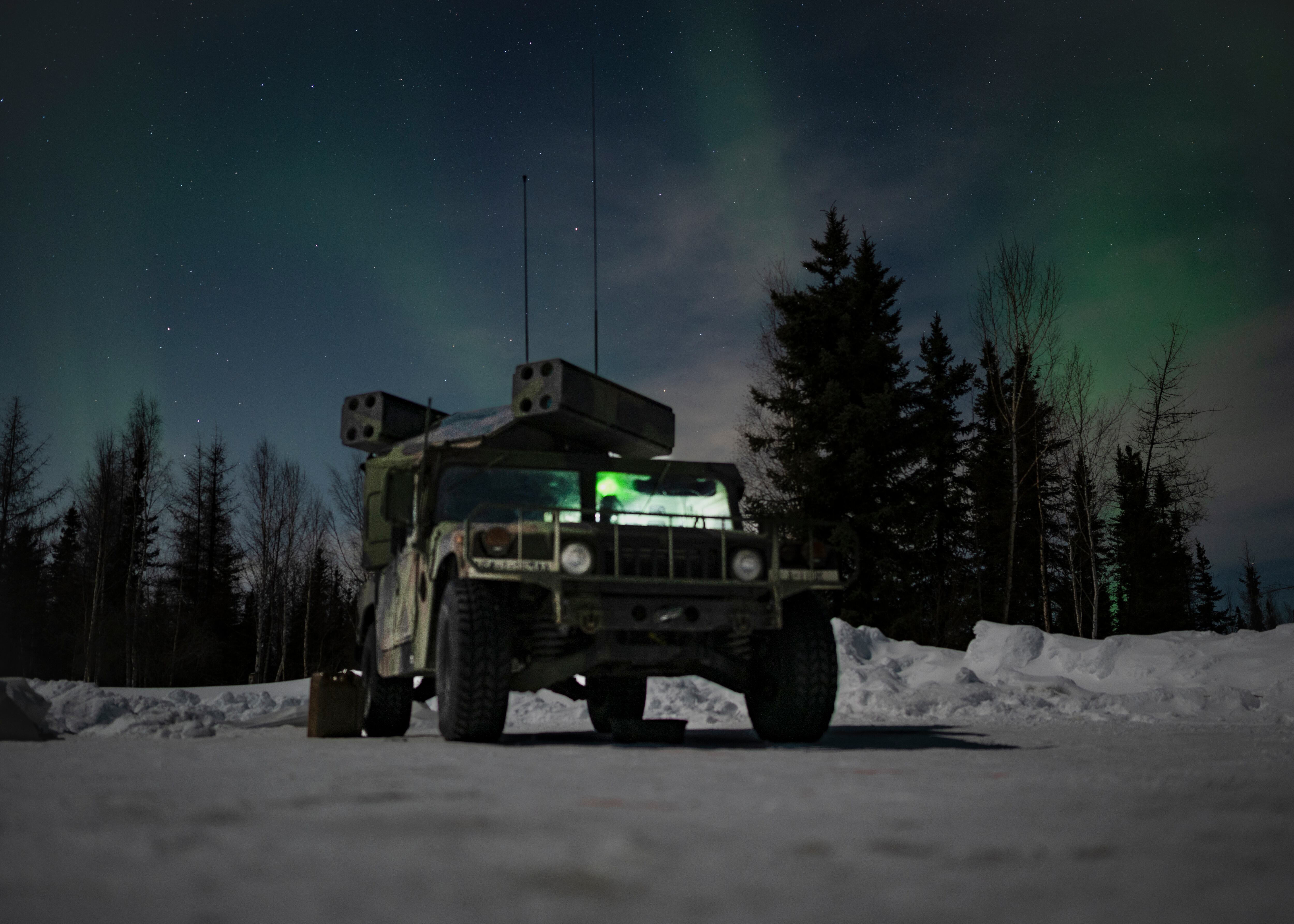The 2022 National Defense Strategy outlines defending the homeland as priority No. 1. To ensure homeland defense, North American Aerospace Defense Command and U.S. Northern Command require credible capability to deter strategic competitor actions across the whole of our area of operations and responsibility, including the Arctic. While some may challenge the importance of the Arctic to U.S. national security, Russia and the People’s Republic of China have clearly made long-term Arctic investments in the region.
Increasing access to the Arctic due to warming conditions will likely result in more frequent economic and military competition with these nations, which will have homeland defense ramifications. To deter malign activities in the region, ensure the defense of North America, and realize a stable and secure Arctic, we must demonstrate a commensurate commitment to the region.
It is becoming increasingly apparent that competitors, such as Russia and the People’s Republic of China, desire to influence international norms and alter the behaviors of allies, partners and Arctic-focused countries for the benefit of these competitor nations. Russia and the PRC have made their intentions for the region clear through the promulgation of strategic documents that underline their commitment to the Arctic.
The Arctic is a top priority for Russia. Russia is aggressively militarizing the region while proclaiming intent to infringe upon freedom of navigation in the Northern Sea Route. Russia will likely continue enhancing its military capabilities and developing the region’s resources and infrastructure. These enhancements will strengthen Russian air and coastal defense capabilities, expand its nuclear deterrent credibility, and increase its ability to place North America at risk.
Russia’s geographic proximity to North America makes it the most acute security concern to U.S. interests in the Arctic; however, Russia’s irresponsible behavior in Ukraine highlights reasons why all Arctic nations should be concerned with Russian activities.
As a self-declared “near-Arctic nation,” the PRC is endeavoring to establish a foothold in the northern latitudes. The PRC has consistently increased its scientific, economic and military activities in the Arctic over the last five years, working toward increasing influence through economic exploitation to gain access to vital natural resources. The PRC is applying all instruments of national power to enhance its Arctic influence, including expanding initiatives such as the Polar Silk Road.
As competitors invest in military infrastructure and Arctic capabilities in such close proximity to the U.S., allies and partners, they bring the threat even closer to home. Ultimately, the advanced threat capabilities that Russia and the PRC can bring to the Arctic region reduces key leadership decision space and erodes credible deterrence options.

The actions taken by strategic competitors in the Arctic necessitate a response. The National Defense Strategy outlines the importance of campaigning to strengthening deterrence capabilities and attaining military advantages through enhancing joint force capabilities. Both of these elements are essential toward achieving the National Defense Strategy’s goal of a stable Arctic region where threats to the U.S. homeland are deterred.
The purpose of Arctic campaigning is to deter strategic competitors and shape their behavior in order to remain in competition and avoid crisis and conflict. One prominent example of Arctic campaigning is exercises that demonstrate capability, readiness and the will to operate in the northern latitudes. Executing large-scale joint and multinational force exercises under Arctic conditions exhibits credible deterrence while broadcasting robust U.S. defense capabilities. These demonstrations, when messaged appropriately, have a profound deterrent effect on competitors, molding perceptions and shaping their actions.
Campaigning also entails collaborating with likeminded nations, organizations and institutions in pursuit of shared objectives. We will realize a key collaboration milestone this month with the official opening of the Ted Stevens Center for Arctic Security Studies — the Department of Defense’s newest regional center. The Ted Stevens Center will focus on building strong networks with domestic and international Arctic-minded security leaders, and conducting focused analytical research, all aimed toward advancing the department’s priorities in the Arctic.
Aligned under NORTHCOM, the center will advance awareness on Arctic issues, address the implications of environmental change and emphasize the importance of maintaining a rules-based order in the region. The institutional capabilities that the Ted Stevens Center brings will help promote the Arctic as a peaceful and stable region, where international cooperation based on shared values is paramount.
Ceding the Arctic to competitors will result in accepting unnecessary risk to North America. The changing Arctic environment and increasing competitor activities in the region should invoke a sense of urgency in all of us. Efforts to develop and demonstrate Arctic capabilities, as well as establishing or strengthening multilateral organizations to address Arctic concerns, are clear indicators of progress.
More work remains, however, to effectively deter malign competitor activities, while also working together with likeminded nations to ensure an Arctic region governed by a rules-based international order.
U.S. Air Force Gen. Glen D. VanHerck leads North American Aerospace Defense Command and U.S. Northern Command. In this latter role, he serves as the Defense Department’s Arctic capabilities advocate.




